Over the past several months we have been asked several questions regarding the Daiwa Salt Pro or “SP Minnow”. Most of these questions center around upgrading the hardware and how to modify it for surfcasting. It would be impossible to dispute the fact that the SP Minnow has achieved ‘classic status’ among surfcasters all over the Northeast and beyond. It’s rapid ascension through the plastic minnow ranks has come as a result of it’s casting trajectory, thanks to an internal weight transfer system, it’s wide range of colors and, of course, it’s undeniable ability to draw strikes from striped bass, bluefish, bonito and albies. It has become a staple bait in the bags of most surfcasters from the beaches of the Jersey Shore to the rocky shorelines of Downeast Maine and no matter where you cast your line, there’s a reason to have an SP in the bag. (In this article we will discuss modifying the original [6 inch, floating] SP Minnow).
But, the SP Minnow is not a perfect plug. The hooks are cheap, weak and incapable of withstanding more than one battle with a 20-pound class striped bass. Beyond that, the split rings are barely suitable for freshwater fishing and have absolutely no business being used in the surf! Here is where the bulk of the questions we get about the SP Minnow come from, most people want to know which split rings we recommend and/or which hooks they should use. But if you know me and my writing, then you know I’ve put considerable thought and testing into solving this problem…

Shop employee Chad Ketch with a solid striped bass hooked on an SP Minnow
The Simple Fix
The most widely-used configuration when modifying the SP Minnow is to swap out the split rings with size 5H Rasco Split Rings and size 2/0 VMC treble hooks. (Side note, you can omit the split ring on the nose of the plug if you’re using a snap). This solution strikes the closest compromise between strength and staying true to the original design. The hooks are a bit heavier and will reduce the wobble a little bit, but the wide acceptance of this configuration proves that it works well. This is a great modification for backwater fishing or any situation where you’re unlikely to hook into a true giant. I should add that upping the hook size will also make these plugs a little deeper.
A Belt & Suspenders
My personal take on the above hook configuration is that the gap on those 2/0 trebles is a little too small for my liking. Hook gap is something that I’m always looking at when making plug modifications. That gap is the key to a solid hookup (assuming your hooks are sharp), so I’ll try anything to increase it, because I believe that a wider gap equates directly to more hookups. So, I go up another size on the hooks to 3/0 VMC trebles and I upgrade the split rings to size 5 Spro Power Split Rings because I have found them to be stronger than the Rasco’s in this size. Upping the hook size changes things a bit though, the added weight of the larger hooks and hardware decreases the buoyancy to something much closer to neutral. The swimming action will be even more subdued, which is actually much more natural, but the thing I like most about this setup is that it almost suspends. When you stop cranking this modified SP will just hang in the water column for a few seconds before slowly rising until you start retrieving again. The ability to let a plug hang at depth like that is very natural and an excellent way to draw strikes from wary or larger fish. Take a moment to watch live baitfish and watch how much of their time is spent sitting still, barely moving a finlet, are you seeing my point yet?
A Better Sinker
A few years after the SP hit the market, Daiwa introduced the sinking version of their wildly popular new swimmer. This allowed anglers to fish deeper with the SP. Unfortunately, they didn’t make any hardware upgrades, so it still needed to be modified. But, if you use the same procedures to fortify the sinking SP, you’re just going to end up with an SP Minnow that sinks like a cinder block. There’s a better way and that is to modify the floater with the same size 5 split rings and increase the hook size again to 4/0 VMC treble hooks. You’ll then end up with an SP Minnow that sinks at about the same rate as the factory sinker but with upgraded split rings and hooks capable of landing any beast the Northeast surf might send your way.
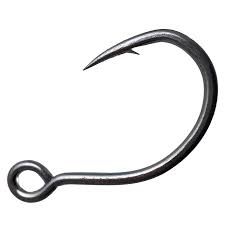
A Conservative Agenda
In recent years the decrease in striped bass has become a lot easier for most fishermen to see. This has lead many anglers to seek ways to take it a little easier on the fish, while continuing to enjoy the sport they love. The accepted route to fishing conservatively is to reduce the number of hook points on your plug. Inline single hooks have become a big thing in striper fishing and they adapt well to the SP Minnow. Swapping out both trebles for size 5/0 Owner Zo-Wire Inlineson size 5 split rings will achieve solid hookups and maintain the fishy swimming action we all know and love. My experimentations with the larger inlines have not yet revealed another way to achieve the slow-rise version, but if I can figure it out, I will pass it on. These Zo-Wire Inlines are sharp and they feature a very wide gap, the biggest hurdle for most anglers to get over is believing that they will actually hook the fish when they hit. Trust me, that big gap and sticky-sharp point, will get it done. Just make sure to rinse your plugs after fishing, because these hooks will start to rust pretty quickly.
That’s my SP Minnow data dump, and a view into the cluttered attics of my mind. This little plug just, plain catches and almost every plug tote on the Striper Coast has at least one in it. Just like all striper plugs, modifications can be made for better hook-ups, upgraded hardware and changes in action. If the SP Minnow is a staple in your arsenal of striped bass plugs, try these modifications and you will unlock a whole new realm of possibilities hidden within this one, small, plastic swimmer.
PS: Swapping hooks is a good deal easier with split ring pliers. You can find our COVID impacted selection here.




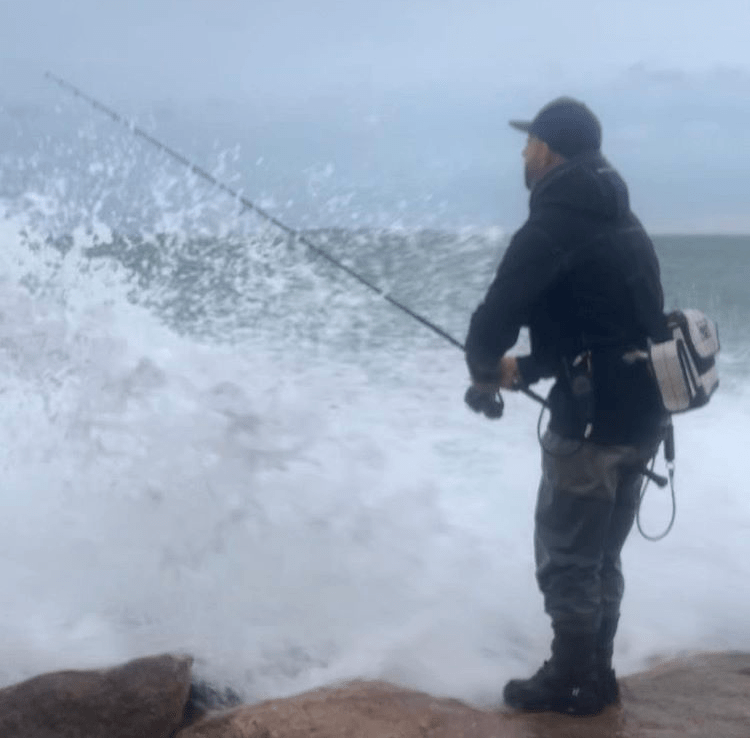

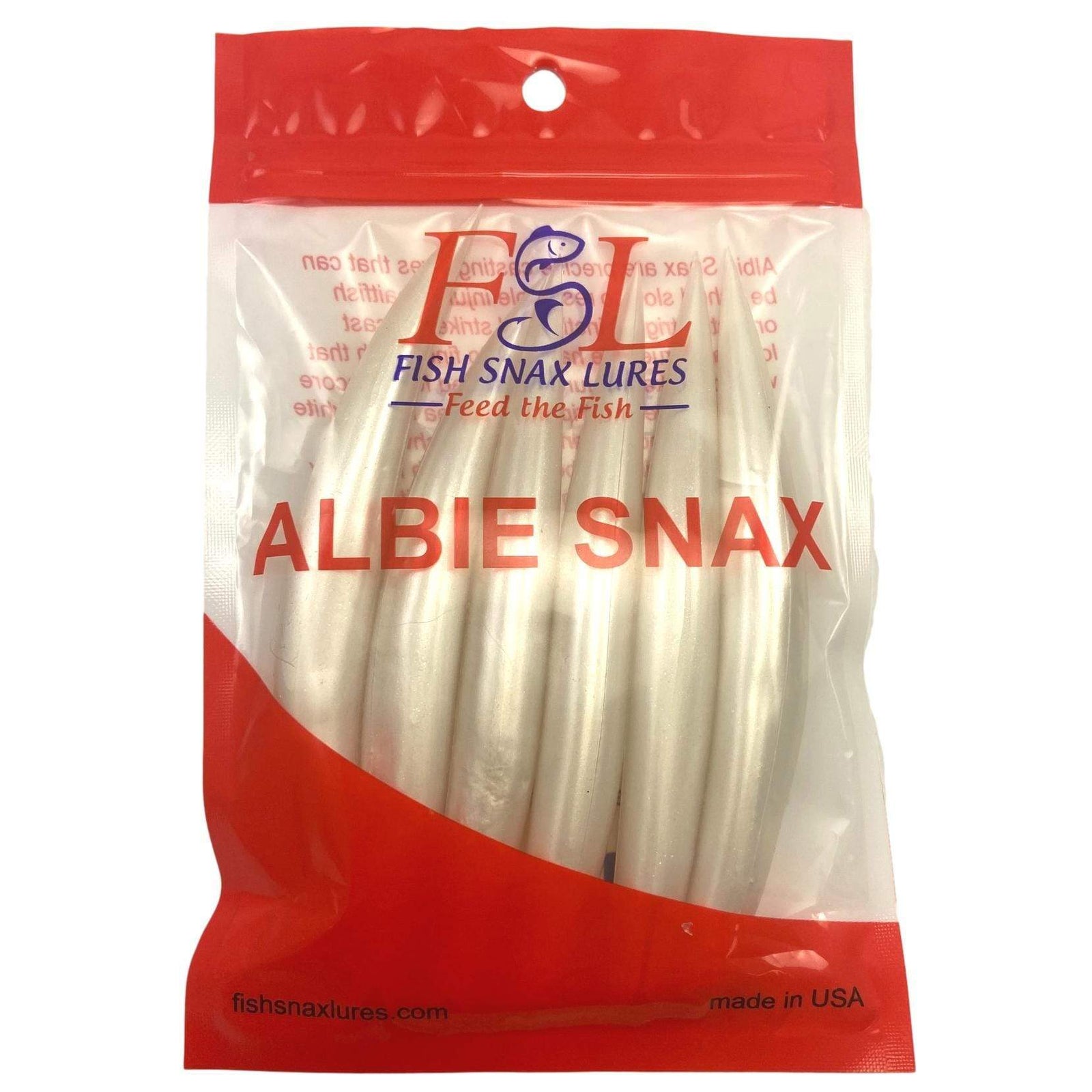

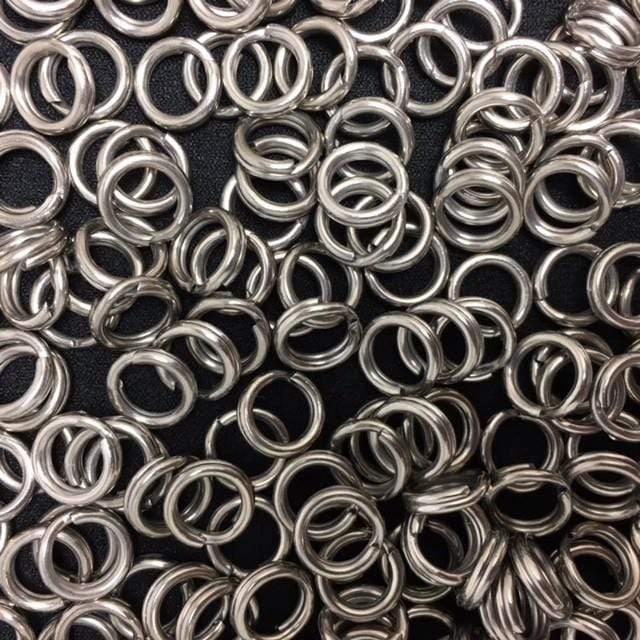
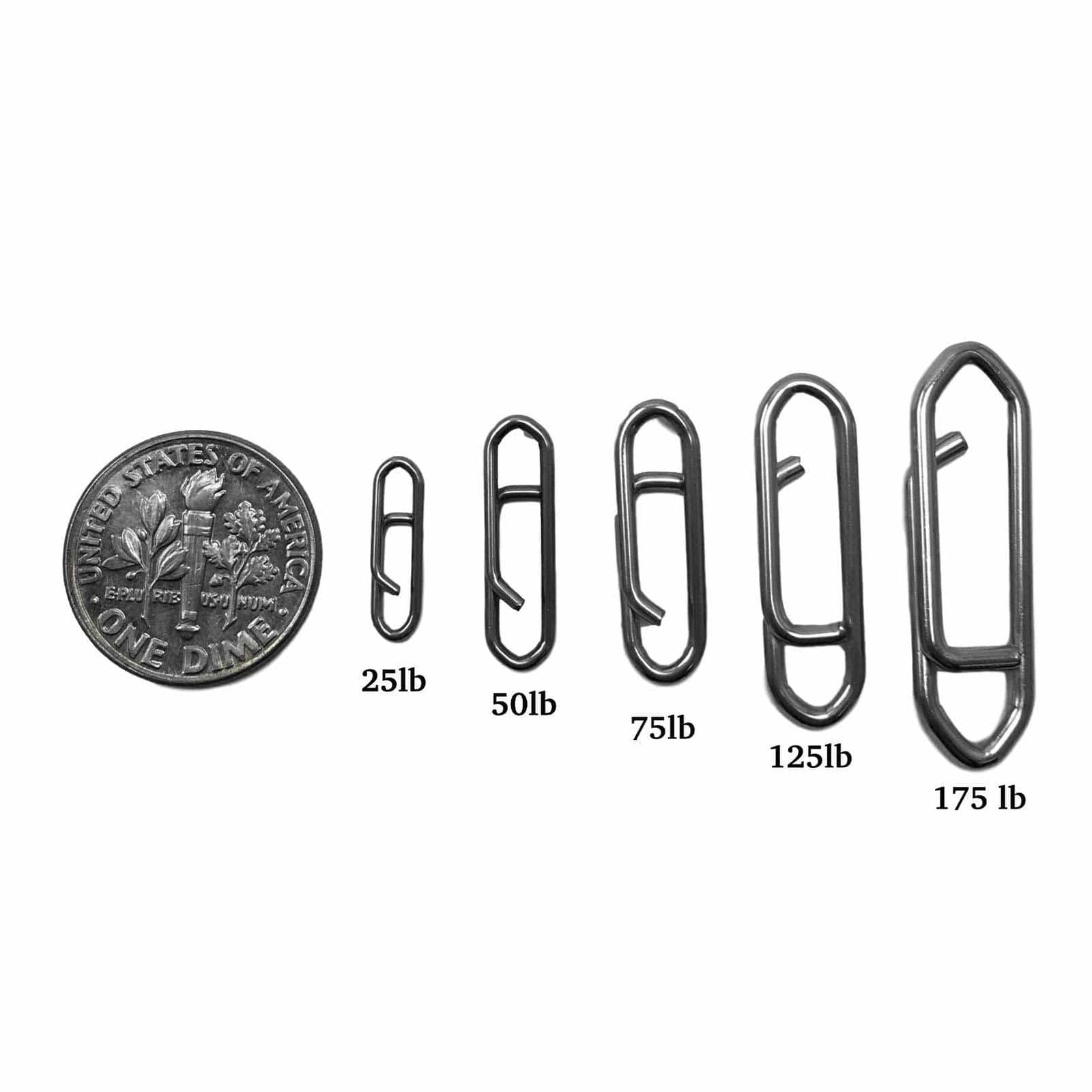

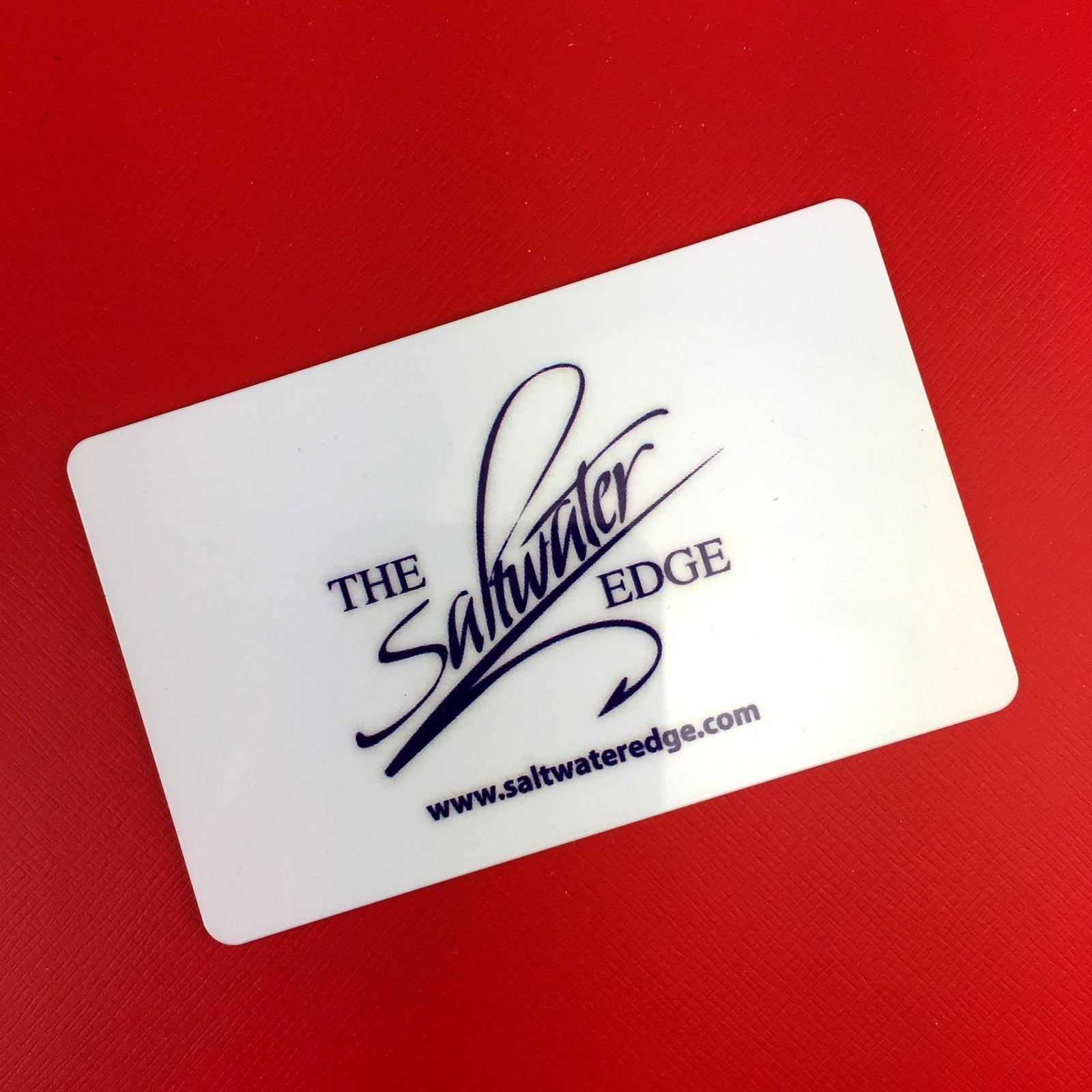


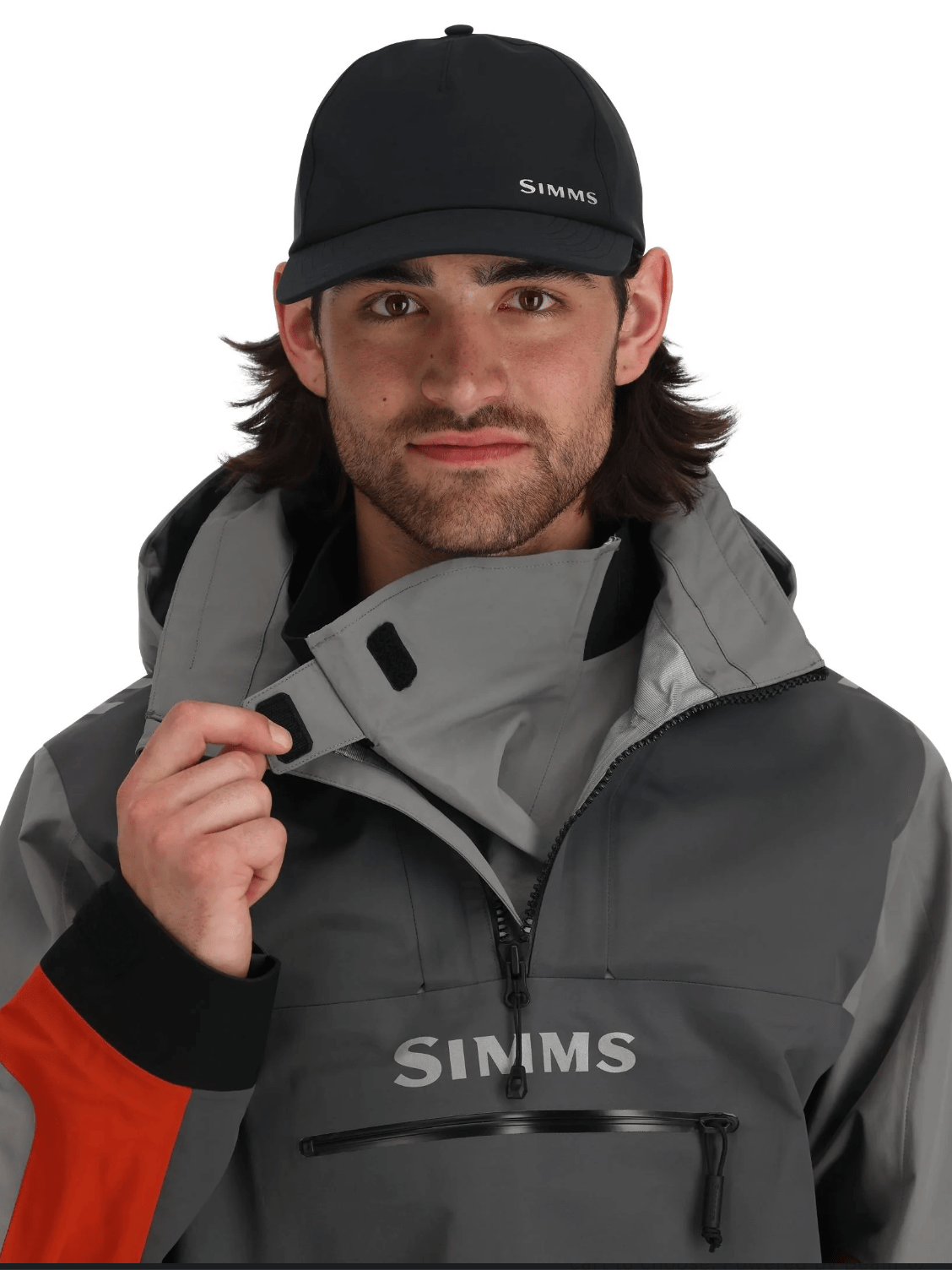

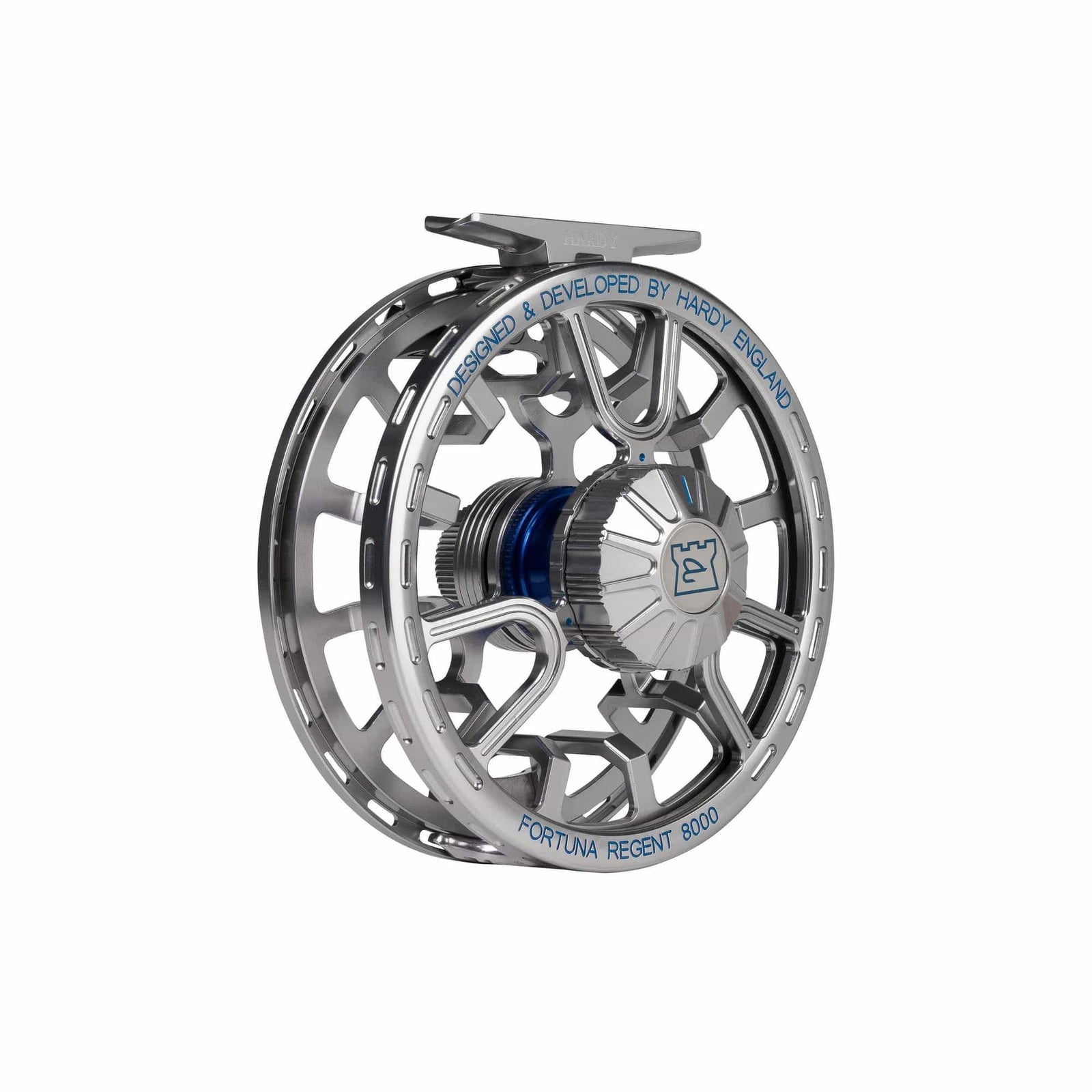
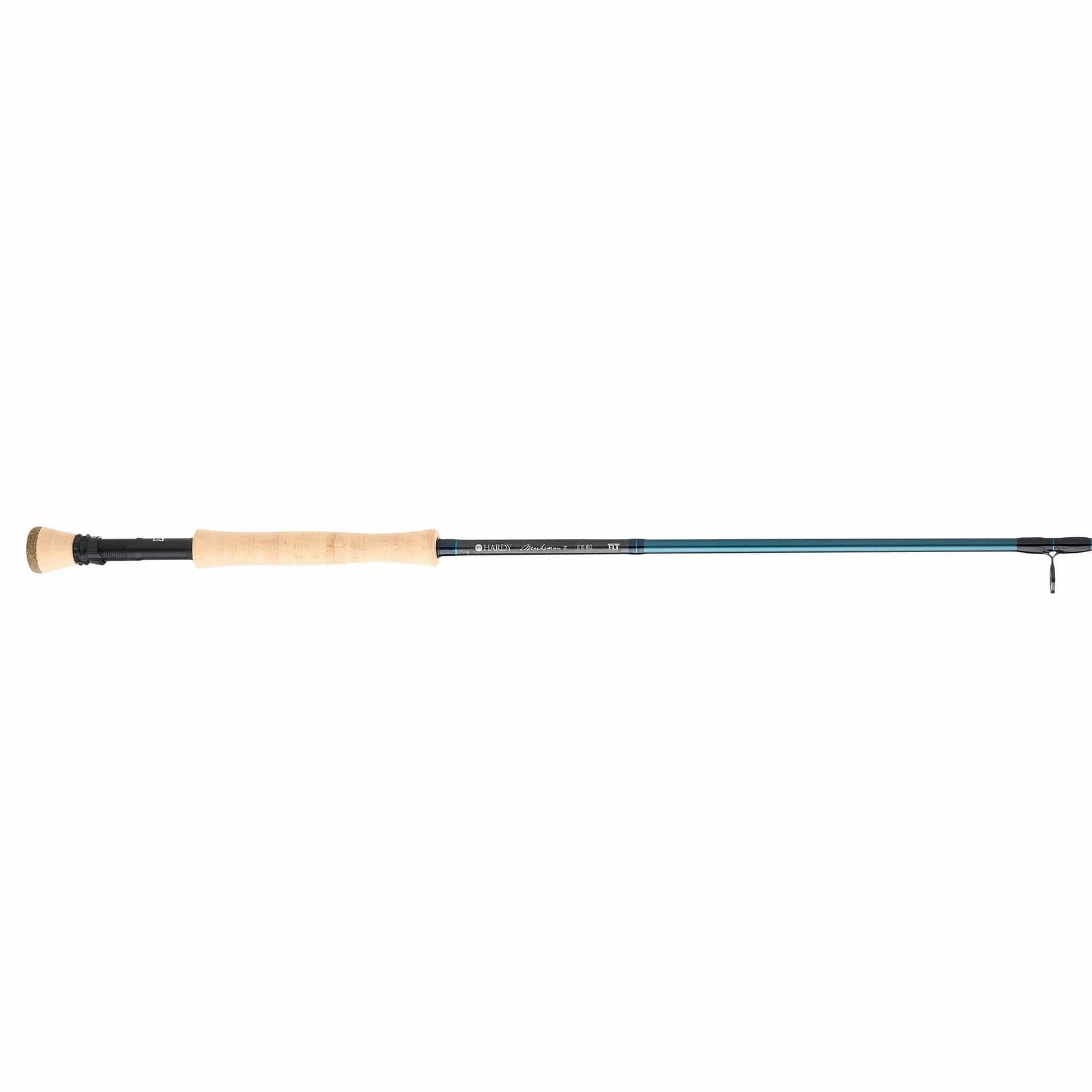
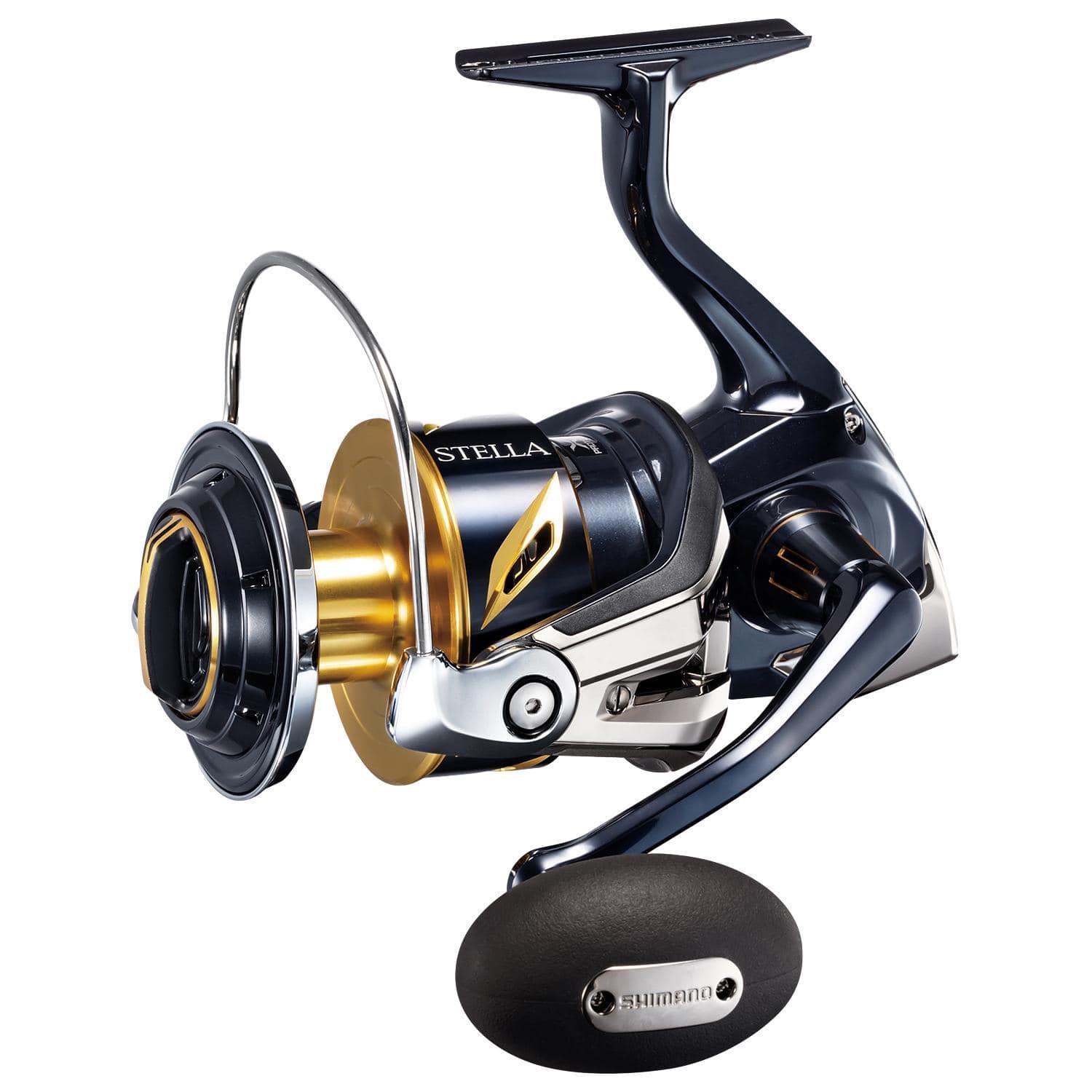
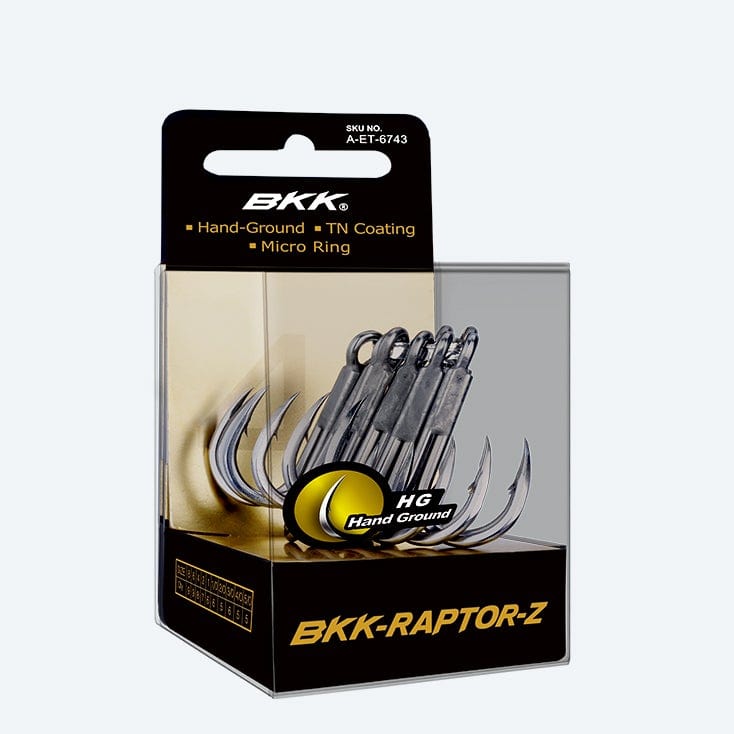
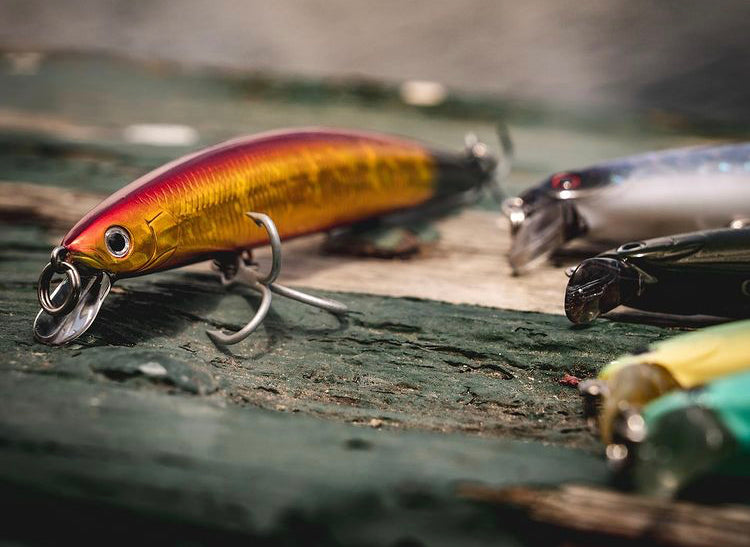
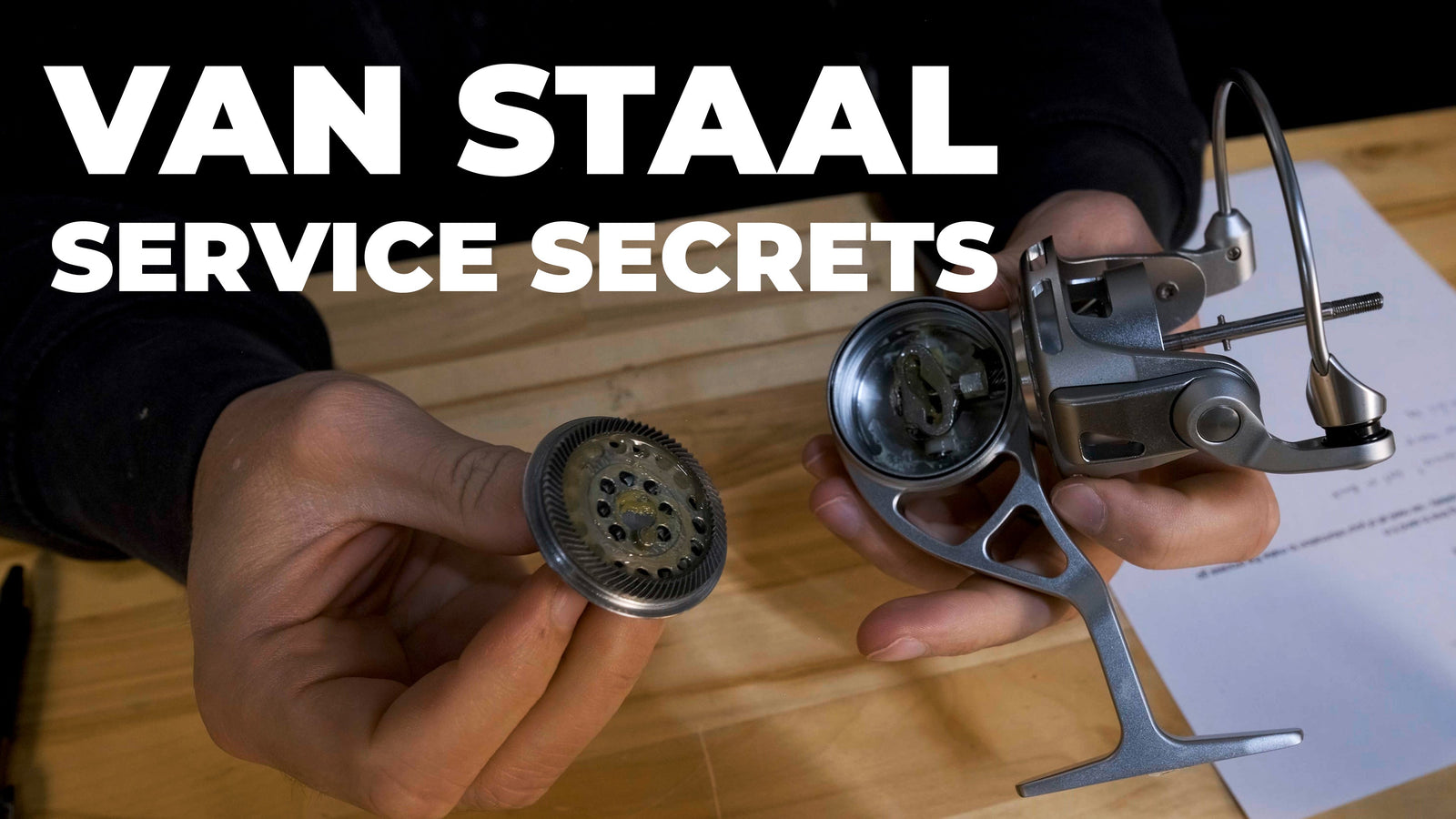


patrick thibeault
January 07, 2025
im interested in learning how to modify my lures to reduce harm to stripers I catch. I read about just keeping belly treble and losing tail hook as a good option most recommend adding a flag to improve original lure action. Another option is replacing rear treble with a single or up sizing to singles and removing all trebles. Im not sure which is the best technique . I would like to protect the fish without sacrificing success rate any information would be greatly appreciated .